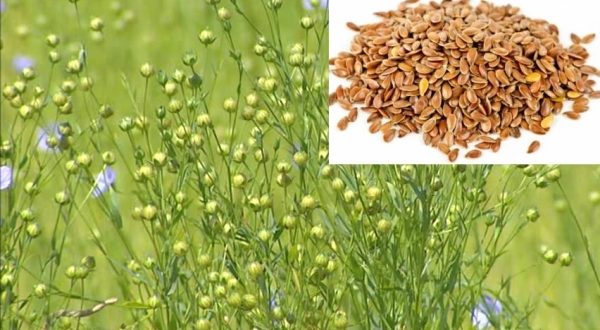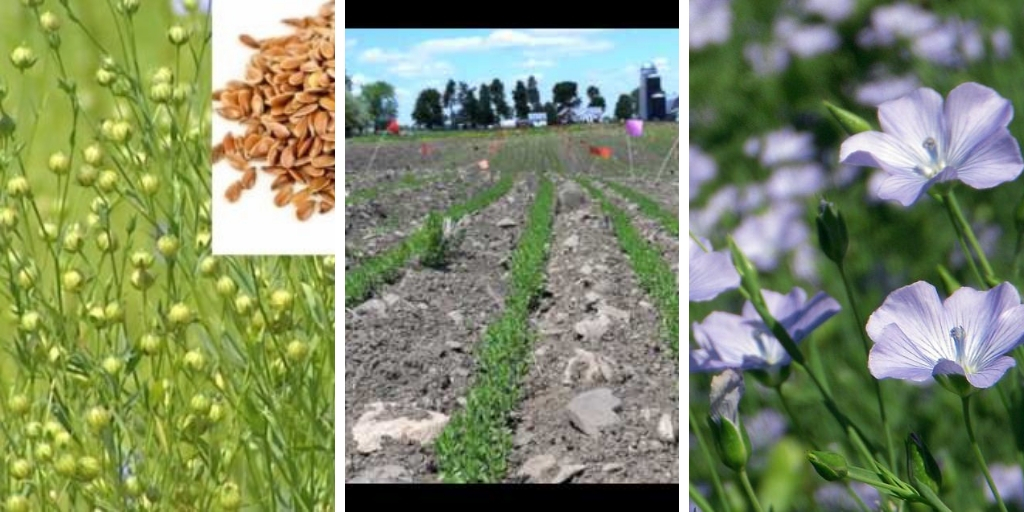Flax is one of the most beneficial plants in the world. Its seeds are edible and used for cooking and for making medicines, its stalks are used for making textile fibers, and its flowers are extremely decorative.
Growing Flax indoors or outdoors is easy. Flax is a sturdy plant that can be grown in containers or in gardens. In order to enjoy the many benefits of this plant, learn how to grow it following the below guide.
1. Choosing a container
Flax requires a deep pot rather than a wide one. The depth of the pot should be at least 10 inches. You should also make sure that the pot has a proper drainage. It must contain a lot of drainage holes at the bottom.
2. Choosing a variety

There are many varieties of flax. If you are growing flax in a container you should choose a dwarf variety that its height does not exceed 20 inches. Choose carefully as some flax varieties can grow up to 36 inches.
3. Planting

Fill your container with a good quality soil for growing flax. you should sow the seeds at least 1 inch deep. If you live in a cold climate, don’t sow the seeds until the end of the last frost. Frost will hinder the germination of the seeds and the growth of your plant. Ther germination usually takes 3 weeks after sowing to take place.
For growing Flax in gardens, you should first choose a sunny clean spot. Make sure that clean the soil from any weeds, clay, or debris. Once the planting site is set up and ready, check your soil’s temperature, if it is adequate for growing flax you can start sowing the seeds.
4. Growth requirement of flax
- Position: Flax should be grown in a position where it can receive daily sunlight
- Soil: It is preferable that you grow flax in a light well-drained soil. IF you have a clay soil, you should add some sand. It is also recommended that you amend the soil by adding aged manure and compost to improve its quality and to increase the level of organic matter in it. For containers, you should use a good quality potting mix.
- Watering: After planting you should water your flax thoroughly to help the seeds settle down in the soil. After that, water enough to keep the soil moist but not waterlogged. Don’t overwater Flax, overwatering is fatal to this plant. Until the plant flowers, keep watering it regularly in a careful way.
- Fertilizing: Fertilizing flax is not difficult, applying a general purpose fertilizer is enough.
5. Pests and diseases
For diseases, you should watch out from fungal diseases and rusts. These two are usually caused by overwatering or bad air circulation. Flax is also prone to many pests attacks. The most dangerous pests include aphids, cutworms, wireworms, and grasshopper.
6. Harvesting

You can start harvesting Flax 30 days after flowering, that is to say; 100 days after sowing the seeds. You can tell that your plants are ready for harvesting once their stalks turn into yellow.
These are the best instructions for growing flax. Follow these instructions whether you are growing this gorgeous plants indoor or outdoors.

